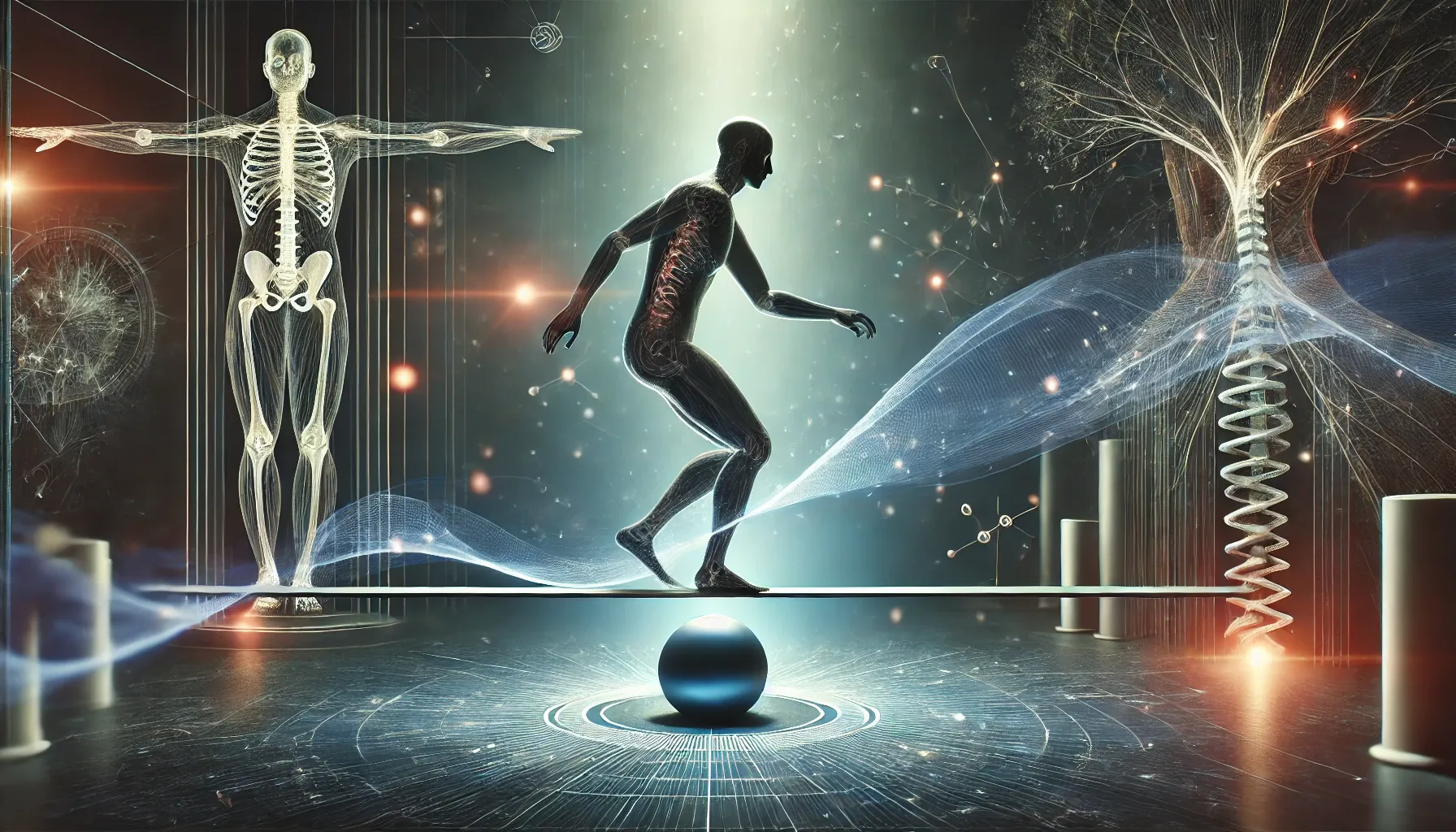UPSC
The Hindu Briefs
Balance Rehabilitation: Enhancing Primary Healthcare
Last Updated
26th March, 2025
Date Published
26th March, 2025
Share This Post With Someone

Context:
Balance rehabilitation therapy, or Vestibular Rehabilitation Therapy (VRT), is gaining recognition as a vital intervention for improving stability and coordination across diverse health conditions. Published on March 25, 2025, this article highlights its potential to address a range of medical issues and argues for its integration into primary healthcare systems, particularly in India, where awareness and research remain limited.
Key Information Points:
- Definition: Balance rehabilitation, often termed Vestibular Rehabilitation Therapy (VRT), uses tailored exercises to enhance posture, core stability, and coordination, improving overall body functioning and well-being.
- Health Conditions Addressed: Effective for neurological disorders (e.g., stroke, Parkinson’s, multiple sclerosis), musculoskeletal issues (e.g., arthritis, post-surgical recovery), cardiovascular conditions, diabetes-related neuropathy, chronic pain, and pediatric developmental disorders.
- Fall Prevention: Critical for seniors, reducing fall-related injuries (37.3 million annually requiring medical attention globally, per WHO), which outstrip burdens from transport injuries, drowning, and burns.
- Stroke Recovery: Aids stroke survivors in regaining mobility and coordination, enhancing recovery outcomes.
- Geriatric Benefits: Improves mobility in older adults, supporting independent living and reducing healthcare costs.
- Mental Health: Benefits dementia patients and caregivers by reducing stress and improving physical and mental well-being; 50% of dementia caregivers face moderate to severe stress, 25% with clinical depression.
- Early Detection: Experts advocate its use in spotting early symptoms of chronic conditions, preventing complications.
- India’s Gap: Under-researched in India, lacking specific programs despite its potential to enhance primary healthcare outcomes.
- Global Burden: Falls cause over 38 million disability-adjusted life years lost annually, underscoring the need for balance training.
- Applications: Extends to cardiac care, geriatric care, and post-treatment rehabilitation, showing versatility across medical fields.
- Awareness Need: Public and healthcare professionals in India require greater education on balance impairment risks and therapy benefits.
- Scalability: Integrating balance therapy into preventive and rehabilitation programs could significantly improve patient outcomes nationwide.
Key Terms:
- Vestibular Rehabilitation Therapy (VRT): Exercise-based therapy to improve balance and stability.
- Neurological Disorders: Conditions like stroke or Parkinson’s affecting the nervous system and balance.
- Musculoskeletal Issues: Problems with muscles and bones, e.g., arthritis, impacting mobility.
- Fall-Related Injuries: Harm from falls, a major health concern, especially for the elderly.
- Disability-Adjusted Life Years: Measure of overall disease burden, combining years lost to disability and death.
- Primary Healthcare: Basic healthcare services accessible to all, where balance therapy could be integrated.
- Diabetes-Related Neuropathy: Nerve damage from diabetes affecting balance and sensation.
Link To The Original Article – https://www.thehindu.com/sci-tech/health/what-is-balance-rehabilitation-therapy-and-why-should-it-be-a-part-of-primary-healthcare/article69368085.ece